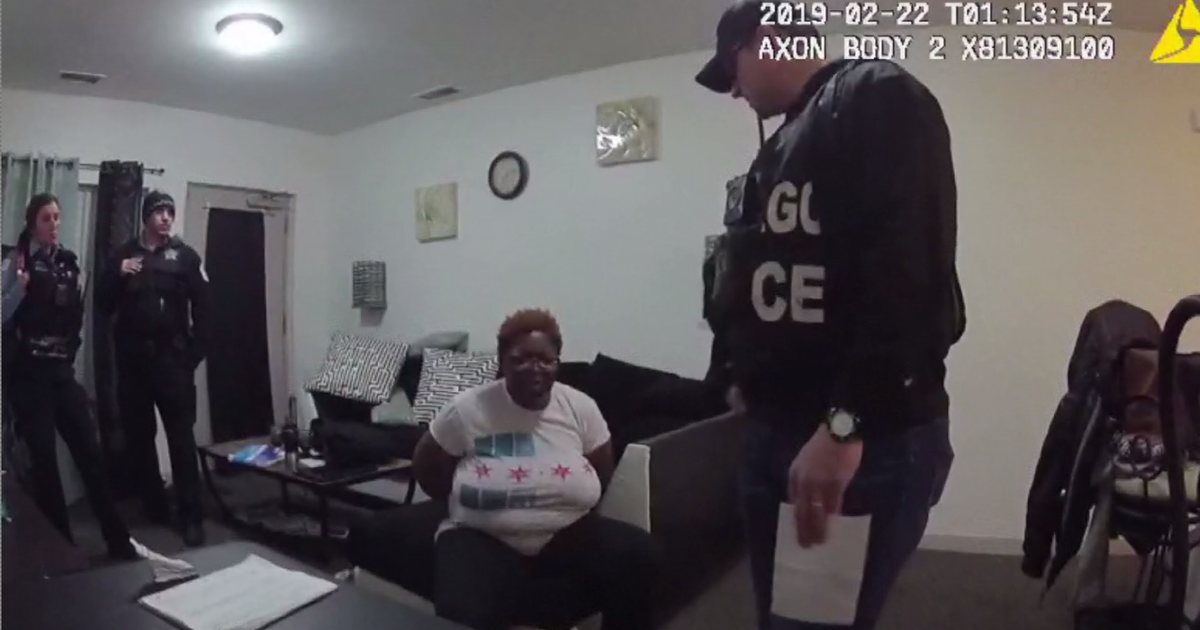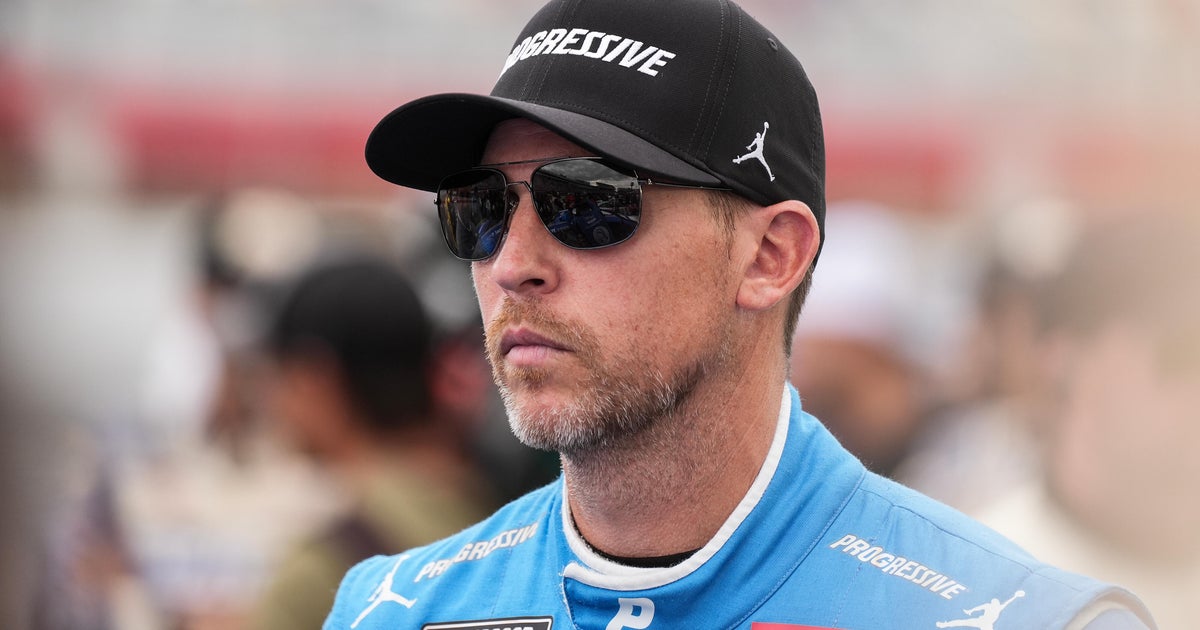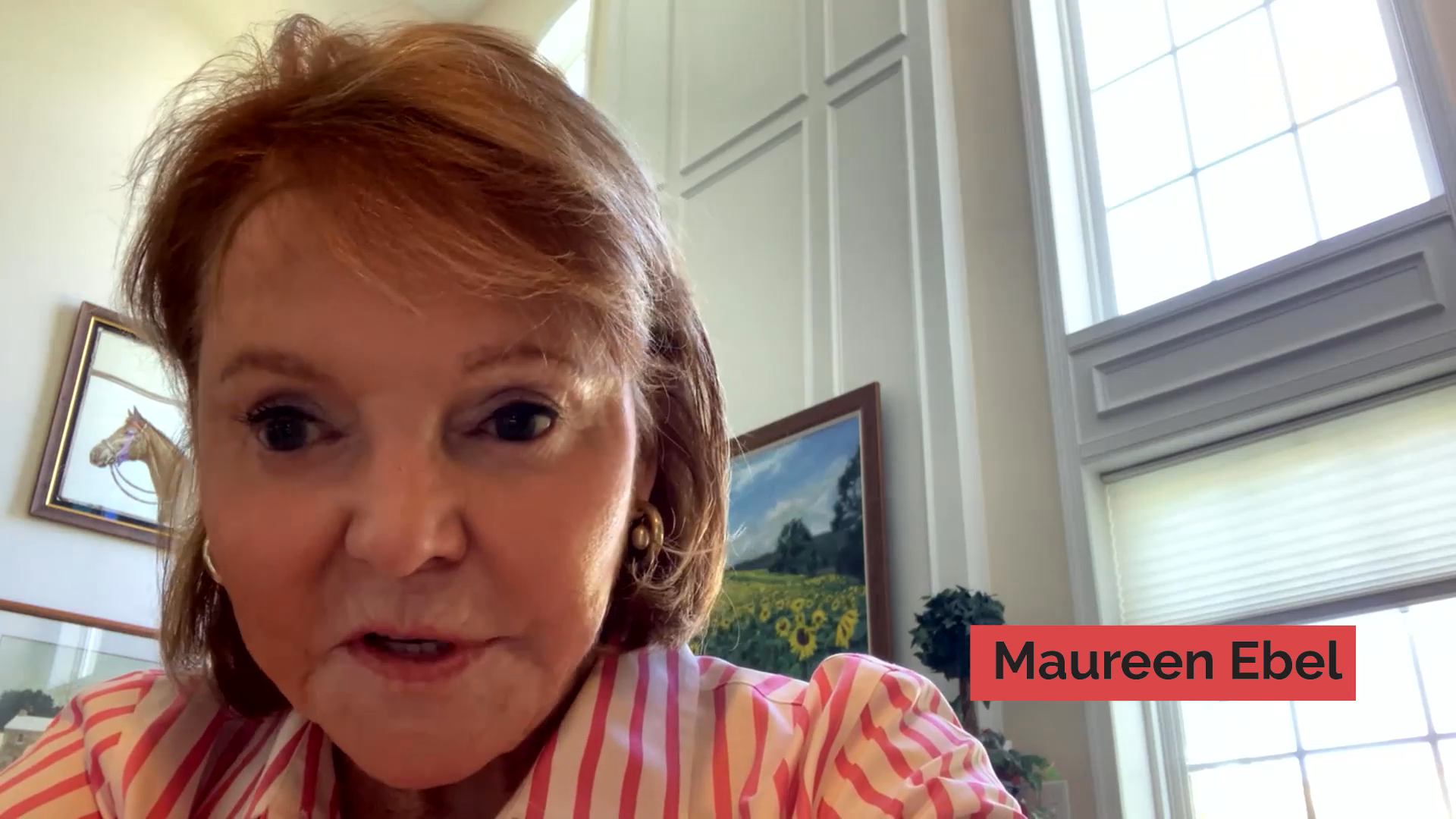Book excerpt: "Madoff Talks" by Jim Campbell
Journalist Jim Campbell was granted exclusive access to disgraced investor Bernie Madoff and his family in researching his new book, "Madoff Talks: Uncovering the Untold Story Behind the Most Notorious Ponzi Scheme in History" (McGraw-Hill Education), which features interviews with the man behind Wall Street's largest financial fraud.
Read an excerpt from the book's introduction below, and don't miss Jim Axelrod's interview with Jim Campbell on "CBS Sunday Morning" April 25!
Introduction
Longtime Wall Street sales maven Frank Casey, blessed with an Irish flair for anecdotes, coupled with an ability to reduce financial complexities to simple common sense, was the first to uncover that Bernard L. Madoff was not who he seemed to be. It was November of 1999, a full decade before the fall of Madoff. Frank was making a sales call to gather assets for a hedge fund at the New York City office of the aristocratic French money manager René-Thierry Magon de La Villehuchet. René was an old-style gentleman. His word was his bond. Trust was his currency. He invested that trust with Bernie Madoff.
Rene's mellifluous name and bearing was only outdone by the upper-crust and royal families of Europe he counted among his trusting customers. René ran what was to become known as one of the first Madoff "feeder funds," money managers who would funnel investors' assets into the hands of Bernie Madoff and his secretive hedge fund. At the time, it was still largely unknown that Madoff was even in the hedge fund business, much less that he was running one of the biggest operations in the world behind locked doors on the seventeenth floor of the distinctive, oval-shaped "Lipstick Building" in midtown Manhattan, home to Bernard L. Madoff Investment Securities (BLMIS).
The secrecy and security on the seventeenth floor was so extensive that even Madoff 's sons, Mark and Andrew, who ran the big marketmaking and proprietary trading operation up on the nineteenth floor—where Madoff made his name as a market maker executing trades for the likes of Charles Schwab & Company—lacked electronic keycard access.
Frank Casey's Boston-based hedge fund, Rampart Investment Management, was, without his knowledge, a competitor of Madoff 's invisible investment advisory (IA) business. The Frenchman demurred to Casey's sales pitch. He wasn't interested in working with a different fund manager, as he had found one with a seemingly uniquely reliable performance record. He had already put all his clients' assets into just that one fund, an unusual risk for a fund of funds manager, as it left his investors undiversified. The whole point of being a fund of funds manager was to diversify risk over multiple funds after rigorous due diligence. Unusually, René was not allowed to reveal the identity of the fund manager, or he would be thrown out of the fund, along with his investors' money.
There was a compelling reason René found it unnecessary to diversify funds, though it was not related to the benefit of his investors. Inexplicably in the world of hedge funds, the secretive hedge fund manager had opted to forgo taking any of the lucrative management fees that made "hedgies" some of the richest guys on earth. Rather, he passed them on to the feeder funds. This decision was an unimaginably good deal for René. Hedge funds normally charged exorbitant fees, referred to as "2 and 20"—meaning 2 percent of assets under management, plus 20 percent of the gains (while suffering none of the losses). Passing all that on to the feeders was tantamount to kickbacks. This book tells the full story of the feeder fund corruption for the first time.
After listening to René describe the strategy and investment performance of the hidden fund, to Frank, it immediately reeked of "too good to be true." Frank smelled a financial rat. He intuitively sensed implausible results. René remained adamant. He implicitly trusted this apparent Wizard of Wall Street operating behind a curtain of anonymity.
Then, as fate would have it, René was distracted by a phone call a few minutes later. Frank surreptitiously turned over one of the papers on a clerk's desk revealing a financial statement with the name "Bernard L. Madoff Investment Securities." Frank hadn't heard of Bernard L. Madoff at the time. All Frank sensed was that this guy's investment returns could "not be market-driven." That's Wall Street–speak for fraud.
Casey proceeded to share his findings with his boss, Harry Markopolos, the quant savant who managed the fund at Rampart and would go on to notoriety as the whistleblower whom the SEC chose not to listen to. Markopolos normally did not have much time for sales guys, but he respected Frank's acumen and integrity. Harry did a deep dive into the statistical likelihood whether Madoff 's strategy could produce the returns René was convinced he could trust. The chase for Madoff and the truth was on. For Harry, it would become an obsession. For René, the results would be tragic.
What had taken Frank Casey about 4 minutes to sniff out would take the financial regulators 40 years to miss. Those additional years allowed Madoff to rack up an incredible $65 billion ($64.8 billion to be exact) of cumulative gains from unsuspecting and often unsophisticated investors, many of whom were friends and family. It was an affinity crime without parallel. Many investors were members of prestigious Jewish communities, such as the Palm Beach Country Club, where financial betrayal from within was unthinkable, and where Madoff himself was a member. Jewish charities and other nonprofits were decimated, including the $20 million my alma mater, Tufts University, would lose, managed by a Madoff feeder fund, Gabriel Capital LP, run by Ezra Merkin, who turned a blind eye to Madoff in return for the mouthwatering fees. Merkin placed all his customers' eggs in Madoff 's basket, though he neglected to inform them they were only invested in Madoff. Some didn't realize they were even invested with Madoff until it was too late.
Feeder funds filled Madoff 's insatiable need for cash, the hallmark of a Ponzi scheme, where more cash must come in than is going out, since new investors' money is used to pay current investors—and where no real investment activity is occurring. The unquenchable thirst for cash means Ponzi schemes are inevitably destined to fail. Tragically, less than two weeks after Madoff 's arrest, René-Thierry Magon de La Villehuchet would commit suicide in his New York office. It was a matter of honor after his investors lost $1.8 billion with his "trusted friend." René was only one of many Madoff victims with tragic outcomes in this story. A British war hero, Major Willard Foxton Sr., committed suicide after seeing his life savings evaporate, only three weeks after he'd retired from a military career that had him on the front lines of wars from the 1970s through the 2000s. Madoff 's son, Mark, committed suicide two years to the day after his father's arrest. Madoff 's younger son, Andrew—a source for this book—died of cancer a few years later. Bernie Madoff, who never admitted to even being an investment advisor until 2006, just two years before his arrest, had done in some 16,000 investors domestically and as many as 720,000 internationally.
From "Madoff Talks: Uncovering the Untold Story Behind the Most Notorious Ponzi Scheme in History" by Jim Campbell. Copyright © 2021 by McGraw Hill. All rights reserved. Reprinted by permission.
For more info:
- madofftalksbook.com
- "Madoff Talks: Uncovering the Untold Story Behind the Most Notorious Ponzi Scheme in History" by Jim Campbell (McGraw-Hill Education), in Hardcover and eBook formats, available April 27 via Amazon and Indiebound






